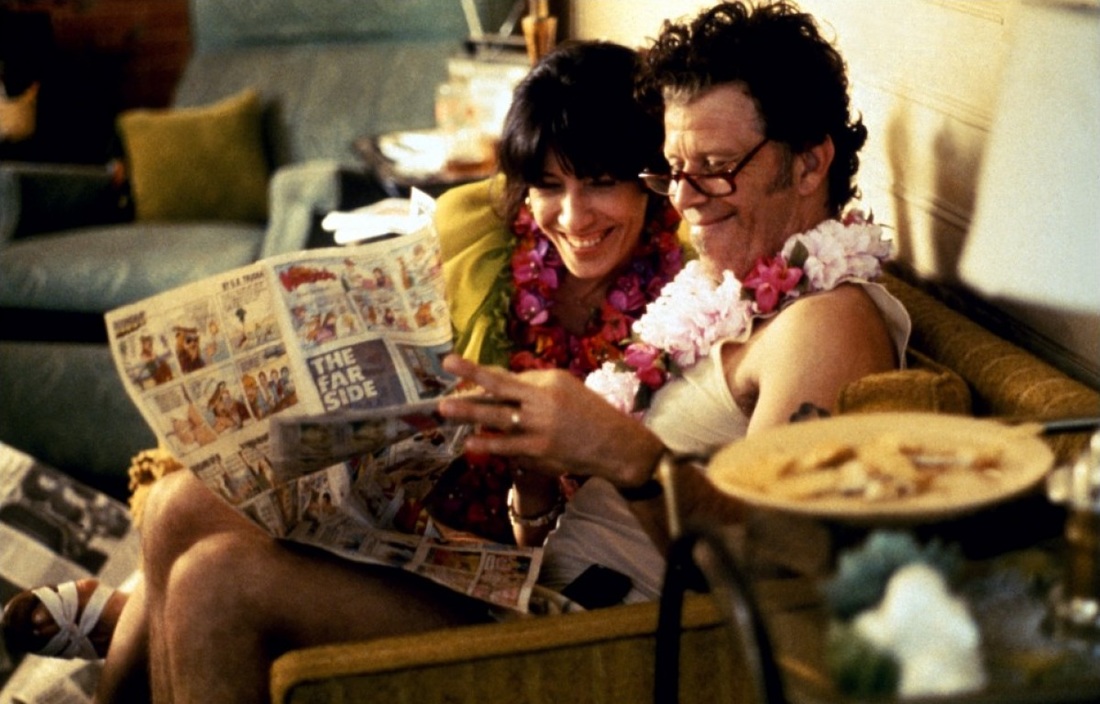"If it sounds like writing, I rewrite it." —Elmore Leonard This week we looked at what makes an iconic scene.. We watched the opening sequence of The Social Network. Sound design and directorial choices set up the themes of the film with a cacophony of voices almost drowning out the stream of machine-gun fast dialogue. It's an electric scene that is immediately subverted by the next sequence - this is a film not about relationships but about hubris and revenge... just like Facebook.
We workshopped our scenes paying particular attention to the tempo and tone, and whether these can be heightened. We were challenged to push our scenes to extremes without overstepping the laws we've set up for the world of our films. Humour can be used to lend authorial licence to take the scene to a more heightened place. Inanimate objects, weather and secondary characters can be used to reflect what's happening in the scene. And a change of character point of view can create more of a sense of the unexpected. So I set my key scene in a hurricane from the PoV of a frog and I think it's really helped.
2 Comments
You know, it shouldn't just be about women as heroic figures overcoming things, it just needs to be about women in general getting the opportunity to play a multitude of roles, telling a multitude of stories - just to express human experience from a woman's perspective. I hope, someday, we can get to that point. - Diablo Cody, Writer of JUNO. This week we had our film market, where producers, directors, writers, agents and acquisitions people came in to meet with us and hear our pitches. We had the opportunity to pitch twice. Producer Ernest Riera, Director Oliver Parker and Acquisitions Exec at NBC Richard Thompson were very generous listeners and gave us some excellent advice. They talked about the possibility of considering alternative locations for the film, and we discussed how the balance between comedy and thriller elements would work.
In the second group we pitched to Producer Lauren Dark and Writers John Mc Nally and Eitan Arrusi. Eitan made some interesting points about the lack of population in the majority of the script, and suggested ageing up the daughter to make her more of a complex character. Lauren is looking for female lead projects and expressed an interest in reading the script in September... Win. We also had feedback on our film and TV projects. This will take us into the final draft of the feature treatment which is due next week. Hello 3am. "I don’t think screenplay writing is the same as writing — I mean, I think it’s blueprinting." – Robert Altman This week we each borough in a three page scene to workshop in class. In the wise and now timeless words of fellow filmmaker Jacob Perlmutter, "It was wild." Suddenly the characters went from being abstract concepts living in my head to real entities, with their own volition, living in a windowless 'Learning Space 1' in the bowels of the BFI.
We took apart the scene and looked at ways of heightening conflict, adding obstacles, and generally making it better, funnier, more emotional and more believable. We also improvised around the lines which generated some pretty good stuff and opened up the inner lives of the characters in unpredictable and interesting ways. This was a particularly good moment to play with this stuff as I'd been reworking the treatment from a psychological thriller to a black comedy. I decided to stop fighting the impulse to add humour to the dialogue off the back of the last Monday session where we exchanged scenes and rewrote them. It's working out well but the real challenge now is making the suspense and thriller elements work with the comedy.... *settles in for Coen Bros marathon* |
STORYTELLING FOR THE SCREENA blog about The Screen Arts Institute's 'Storytelling for the Screen' course, taught by Stephen May and supported by the BFI. Archives
December 2016
Categories |
|
© 2024 Ruth Sewell. All Rights Reserved.
|



 RSS Feed
RSS Feed